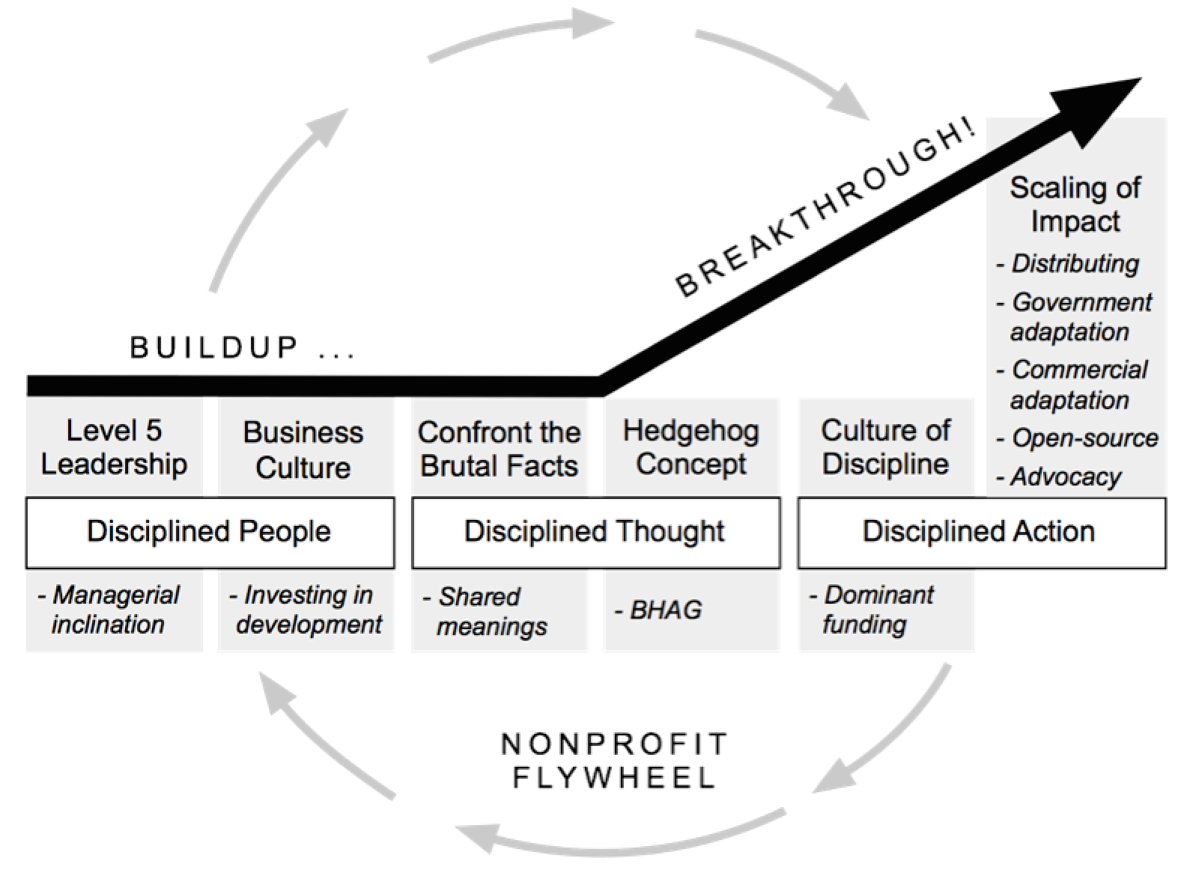 Better than the OG: The True PayID
Better than the OG: The True PayID

Everything You Need To Know About PayID, And What Ripple Aims To Achieve With It Moving Forward

What is PayID?
PayID is a peer-to-peer payments platform that was recently launched by the Open Payments Coalition. The latter comprises more than 40 companies and organizations, and Ripple happens to be a member of the coalition.
Some of the other organizations that are part of the Open Payments Coalition include Brave, Huobi, Mercy Corps., Flutterwave, BitPay, GoPay, and Blockchain.com. These are some of the most notable organizations in the blockchain and cryptocurrency community. The 40-plus organizations have jointly developed and released the platform as their solution through which they plan to improve peer-to-peer payments.
How does PayID work?

Just as its name suggests, PayID is designed to allow users to use a personal ID that can be their phone number, email address, or any other type of identifier. This ID will allow them to send or receive payments securely. Users can also link their ID to their bank accounts, which means that integration into traditional finance systems will be supported for more convenience.
PayID is part of the coalition’s plan to move towards achieving a unified or single global payment network. This will allow anyone to take advantage of the network and its convenience so that they can transact as many times as they would like in a day. This will apply for both small and large transactions. The goal is to ensure that there is no fragmentation between networks, and bridging that gap will eliminate some of the complexities and problems involved in remittance.
Ripple’s PayID is not the same as the PayID banking solution in Australia
The PayID solution developed and recently released by the Open Payments Coalition should not be confused with an Australian banking solution that goes by the same name. The PayID backed by Ripple and other organizations in the Open Payments Coalition, aims to make peer-to-peer payments across the globe easier. The Australian PayID is a banking service that is designed to connect customers between banks. However, some functions are quite similar such as the easy-to-remember ID.
Ripple’s critical role as part of the Open Payments Coalition
The coalition's plan to create a single payment platform that can widely be accepted across the globe sounds like a great idea, but it is also a huge undertaking that will require strategic moves. Having Ripple on board increases the chances of achieving the intended purpose. This is because Ripple has already established itself as a formidable force in the fintech segment thanks to its promising and well-thought-out blockchain-based solutions. Ripple’S On-Demand Liquidity should be a great fit for PayID.
Ripple already has great exposure, especially in the traditional banking and finance segment, where it has teamed up with numerous banks and companies. This means it is in a position to encourage those banks and financial institutions to jump on board with PayID. Ripple's leadership in remittance will also provide strong backing for the coalition, and it will also help to push PayID in the right direction.
What the future could look like if the coalition brings PayID into the mainstream

Based on the aforementioned characteristics of PayID and the Open Payment Coalition’s plan, it is clear to see what kind of potential income the solution may offer. For example, individuals could use their ID to interconnect between payment platforms such as Bitcoin Wallet, Western Union, Paypal, and banks. This would eliminate the need to create multiple accounts if you want to receive money from different platforms. This would deliver a level of remittance efficiency that has not been experienced before.
PayID will work for both fiat currency, and cryptocurrencies as part of an extensive interconnectivity plan. In other words, it presents yet another convenient bridge between the world of fiat and cryptocurrencies. The coalition’s focus on the use of email addresses or phone numbers as one’s ID will also make it easier for users to remember.
Leveraging an open protocol
The coalition has also developed PayID with an open protocol so that it can facilitate easy integration with other companies that may want to get onboard. Companies such as Square and Venmo can join the platform to be a step ahead of the risks associated with closed payment networks such as the ones used by Facebook’s Libra or the WeChat network.
The open protocol will also play a critical role in ensuring that no single company will assume control of the network or even set the terms for being part of the coalition. This move is also aimed at achieving organic growth.
PayID will be integrated into RippleNet
Ripple will integrate PayID into its blockchain network known as RippleNet, and this is a critical part of achieving the intended goal of a secure, cost-efficient, and open global payment network. It also highlights yet another reason why Ripple is the cornerstone of the coalition.
The RippleNet integration will facilitate more interoperability, especially as far as cross-border payments are concerned. Ripple’s vision for the future of cross-border remittance thus aligns with the Open Payments Coalition’s vision for easier payments across the world. It is also part of the ongoing measures aimed to provide more value through the internet.
PayID’s role in the future of money remittance and peer-to-peer payments is quite clear. It is the sharp tool that the coalition will use to sever the metaphorical chains that hold back the remittance industry from achieving its full potential. It also comes at an opportune time when fintech solutions are bringing drastic improvements into the financial industry, which has suffered from huge inefficiencies in the past. The solutions also highlight how the focus has shifted towards delivering more efficiency for the individual user.
Coil subscribers find out what I think about PayID.........




































